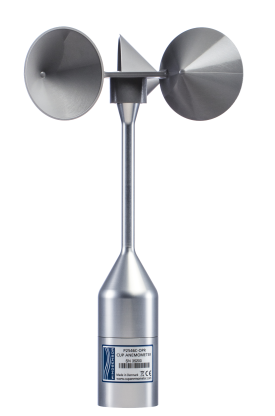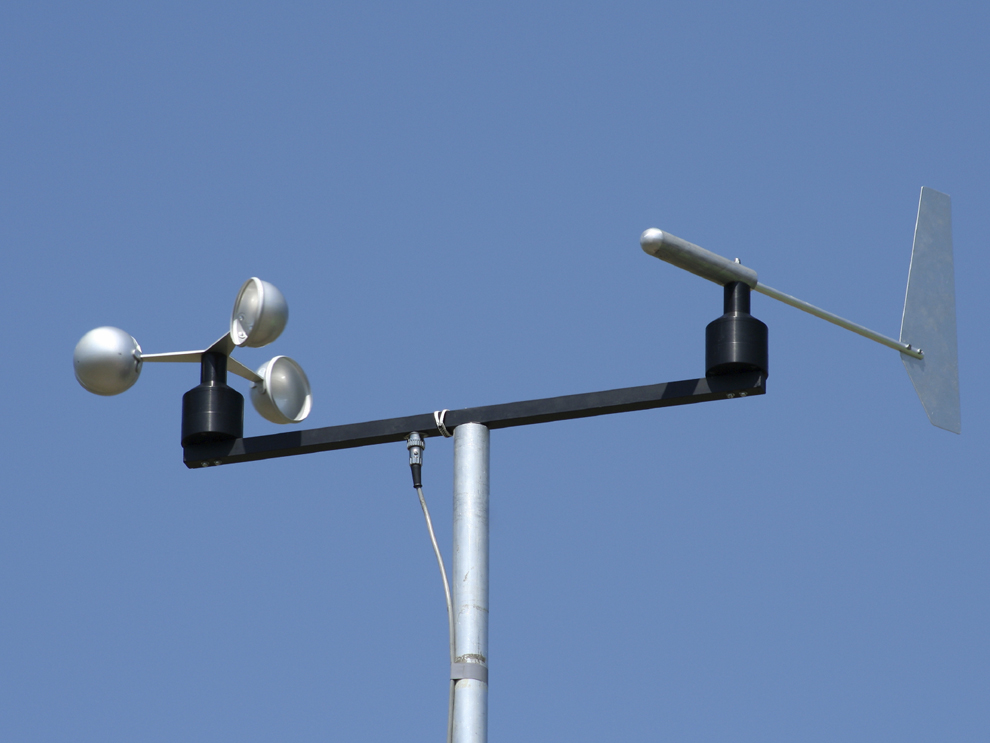How to Preserve and Care for Your Anemometer to Make Certain Durability
How to Preserve and Care for Your Anemometer to Make Certain Durability
Blog Article
All You Required to Know About Anemometers: Exactly How They Work, Why They Issue, and Where to Make use of Them
Anemometers, though commonly ignored in the realm of scientific instruments, play an essential function in various areas, offering important insights into wind speed and air flow patterns. Understanding the auto mechanics behind these gadgets is necessary for any individual looking for to harness the power of this information. From meteorologists tracking climate patterns to engineers making frameworks with wind loads in mind, the applications of anemometers are significant and varied. As we explore the complexities of anemometer modern technology, we will certainly reveal the internal functions of these tools, their value, and the essential considerations when choosing the best anemometer for specific applications.

Anemometer Basics
A crucial instrument used to gauge wind rate and instructions, the anemometer plays an essential function in weather forecasting and numerous sectors. An anemometer usually includes 3 or four mugs that turn in the wind, a vane that directs right into the wind, and sensing units to track the motions or turnings. By calculating the rotations or activities over a certain period, the anemometer can determine wind rate. The vane assists establish wind instructions by pointing right into the wind, giving important data for weather forecasting, aeronautics, maritime operations, ecological tracking, and wind energy applications.
There are various sorts of anemometers offered, consisting of mug anemometers, vane anemometers, hot-wire anemometers, and sonic anemometers, each with its unique features and applications. Mug anemometers are typically used for fundamental wind rate measurements, while vane anemometers are favored for directional dimensions. Hot-wire anemometers appropriate for low airspeeds, and sonic anemometers are ideal for high-precision measurements in study and industrial setups. Comprehending the essentials of anemometers is crucial for exact wind data collection and analysis throughout different sectors.
Principles of Anemometer Procedure
Building on the fundamental understanding of anemometer essentials, the concepts of anemometer operation clarify the technicians behind wind rate and direction dimensions. Anemometers operate the concept of air movement affecting a sensor, triggering it to revolve. Mug anemometers, as an example, have three or more cups that catch the wind, triggering them to rotate much faster as the wind rate boosts. The turning speed is then converted into a wind rate measurement. Vane anemometers, on the various other hand, make use of a tail or a probe that aligns itself with the wind instructions, offering a measurement of wind direction based upon the orientation of the sensor. Hot-wire anemometers depend on a warmed wire that cools as wind passes over it, with the price of cooling down figuring out the wind rate. Ultrasonic anemometers procedure wind speed and instructions by analyzing the time it takes for ultrasonic signals to travel between transducers. Comprehending these principles is important for trusted and exact wind measurements in various applications.
Value of Anemometers
Anemometers play a vital function in determining wind site web speed and instructions, giving crucial data for climate forecasting, climate studies, ecological monitoring, and air travel procedures. Meteorologists depend on anemometers to collect exact wind data, assisting them recognize weather patterns, forecast tornados, and problem prompt cautions to the public. Wind farm operators make use of anemometers to assess wind conditions and make the most of electricity manufacturing from wind generators.
Applications Throughout Numerous Industries
Applications of anemometers span across varied industries, showcasing their flexibility and energy past weather forecasting. In the renewable resource market, anemometers play a vital role in analyzing wind conditions for wind farm positionings, ensuring optimal energy manufacturing. Industries like building and construction and mining use anemometers to check wind rates, critical for safety and security protocols, specifically when operating at elevations or in open-pit mines where strong winds can posture hazards. Anemometers are additionally important in the aviation industry, aiding pilots in recognizing airspeed and wind direction for risk-free liftoffs and touchdowns. The maritime market take advantage of anemometers for ship navigation, aiding sailors expect weather condition changes and change routes appropriately. In farming, anemometers aid farmers in managing plant splashing by providing real-time information on wind speed to prevent drift. In addition, anemometers locate applications in a/c systems to maximize air flow and enhance power effectiveness in buildings. The varied usage situations of anemometers emphasize their relevance throughout numerous sectors, highlighting their indispensable duty in boosting operational safety discover this info here and efficiency (anemometer).

Picking the Right Anemometer for Your Needs
Selecting the appropriate anemometer customized to your particular requirements is crucial for getting exact wind speed and instructions measurements. When picking an anemometer, think about variables such as the intended application, called for dimension array, environmental conditions, and wanted functions. For general over here objectives, a mug anemometer appropriates for determining wind rate, while a vane anemometer provides wind instructions information. Hot-wire anemometers are optimal for low airspeed dimensions, and ultrasonic anemometers provide high accuracy and longevity.

Conclusion
In conclusion, anemometers play a vital role in determining wind speed and instructions across different markets. Comprehending the principles of anemometer operation is essential for picking the appropriate device for details demands. From weather forecasting to air travel, anemometers are important devices for collecting exact information and guaranteeing safety and security in different applications. When picking the most ideal device for determining wind problems., it is essential to consider the significance of anemometers in order to make informed choices.
There are different types of anemometers readily available, consisting of cup anemometers, vane anemometers, hot-wire anemometers, and sonic anemometers, each with its one-of-a-kind attributes and applications. Mug anemometers are typically utilized for fundamental wind speed measurements, while vane anemometers are preferred for directional measurements. Hot-wire anemometers are suitable for low airspeeds, and sonic anemometers are optimal for high-precision measurements in research study and industrial settings.Structure on the foundational understanding of anemometer fundamentals, the concepts of anemometer procedure elucidate the mechanics behind wind speed and instructions dimensions. For general objectives, a mug anemometer is appropriate for determining wind speed, while a vane anemometer offers wind instructions information.
Report this page